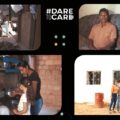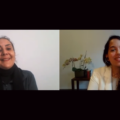
Workshop
Directors of their own story: the favelas (slum area) seen from the inside
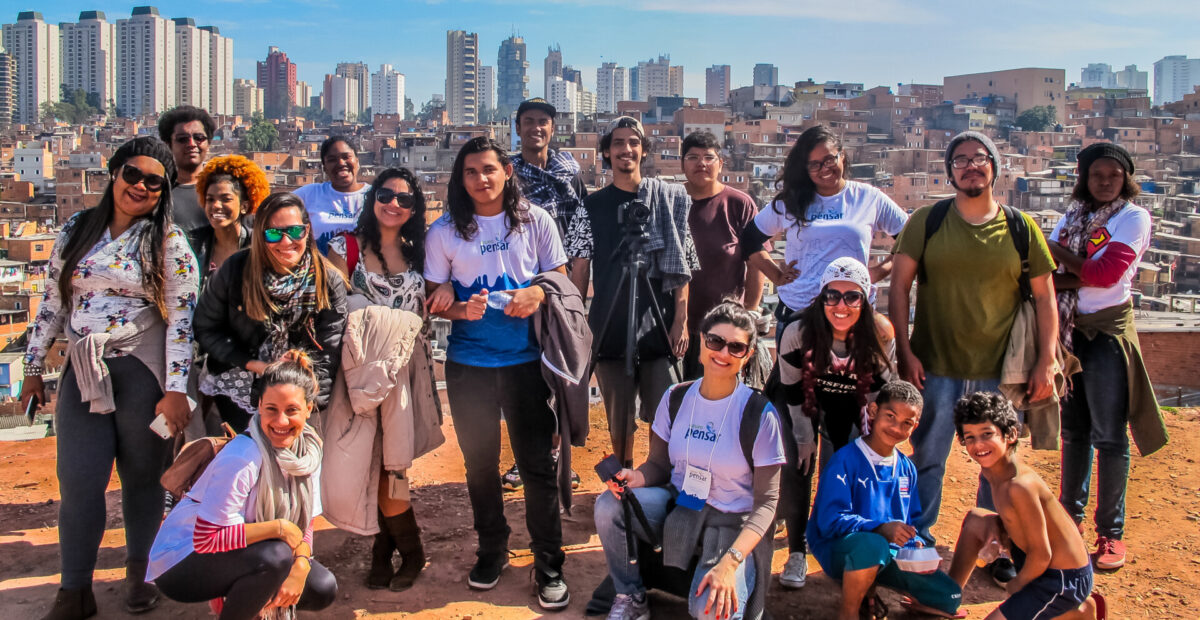
The journey of the Pensar Cultural (Think culturally) group, that, through some audiovisual production workshops, offers the youth of the suburbs of Rio de Janeiro (Brazil) the possibility to narrate their own stories.
They are the roads without a name and homes with no numbers, that accommodate people who, from generations live with little fundamental rights. The appearance of the favelas goes back to the XIX century, when, after the abolition of the slavery in Brazil, a just liberated mass migration of people occupied the most degraded places of the city of Rio de Janeiro: the hills and rugged, swampy terrain. When a group of new cinema graduates started questioning themselves on how they could actively contribute to the development of the youth of the favelas, an idea was born. With cameras, equipment for the filming and a course in audiovisual basics, they wanted to give the youth of the peripheries the opportunity to narrate their own stories.
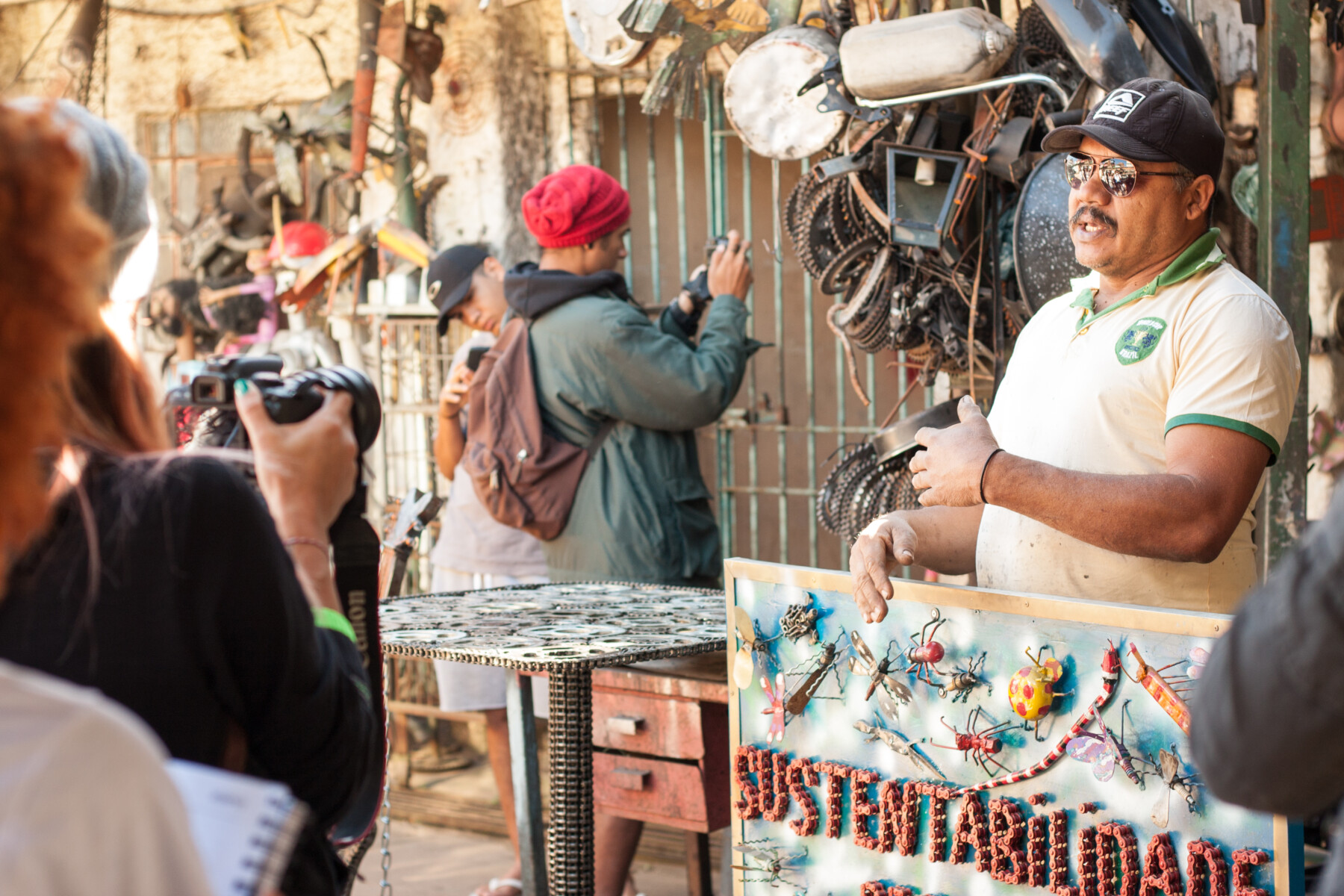
“It was the end of 2008 when a university friend, Tiago Gomes, spoke to me about the idea of founding an association that would put forward the audiovisual language as a mean to produce stories that then, on the screen, would be narrated by a third person, and not, by the person who lives it in reality. At that time we were teaching at the CUFA ((Central Única das Favelas)[1] and we would notice that in the videos that the youth would make, the themes would move towards the stereotypes with which those places would be looked upon. In my class, the youth had made a video on the elections, while Tiago’s students narrated a love story. There was no trace of violence, arms or drugs”, narrates Isabela Reis, one of the Pensar Cultural group members.
A friend involved in the project and resident of the Complexo do Alemão, in Rio (a complex formed by 11 favelas, for a total of almost 70 thousand inhabitants), suggested to move our workshops there. “At that time we would define the camera an arm”, remembers Isabela. An arm, that did not have the power to take a life but rather to fill it with significance.
“Today, what surprises me the most, is to think of how we actually managed to carry out this project. In the beginning, I would look around myself, I would see a lot of social problems, many differences, and this would make me angry, sad! I would ask myself if what I was doing was not entirely useless, and if our work would have some effect on the lives of those people. At a distance of time – today more than ten years have passed since the birth of the foundation -, when I meet people and hear them talking about the value that this experience had for them, I realize that it was all worth it”, Isabela confides.
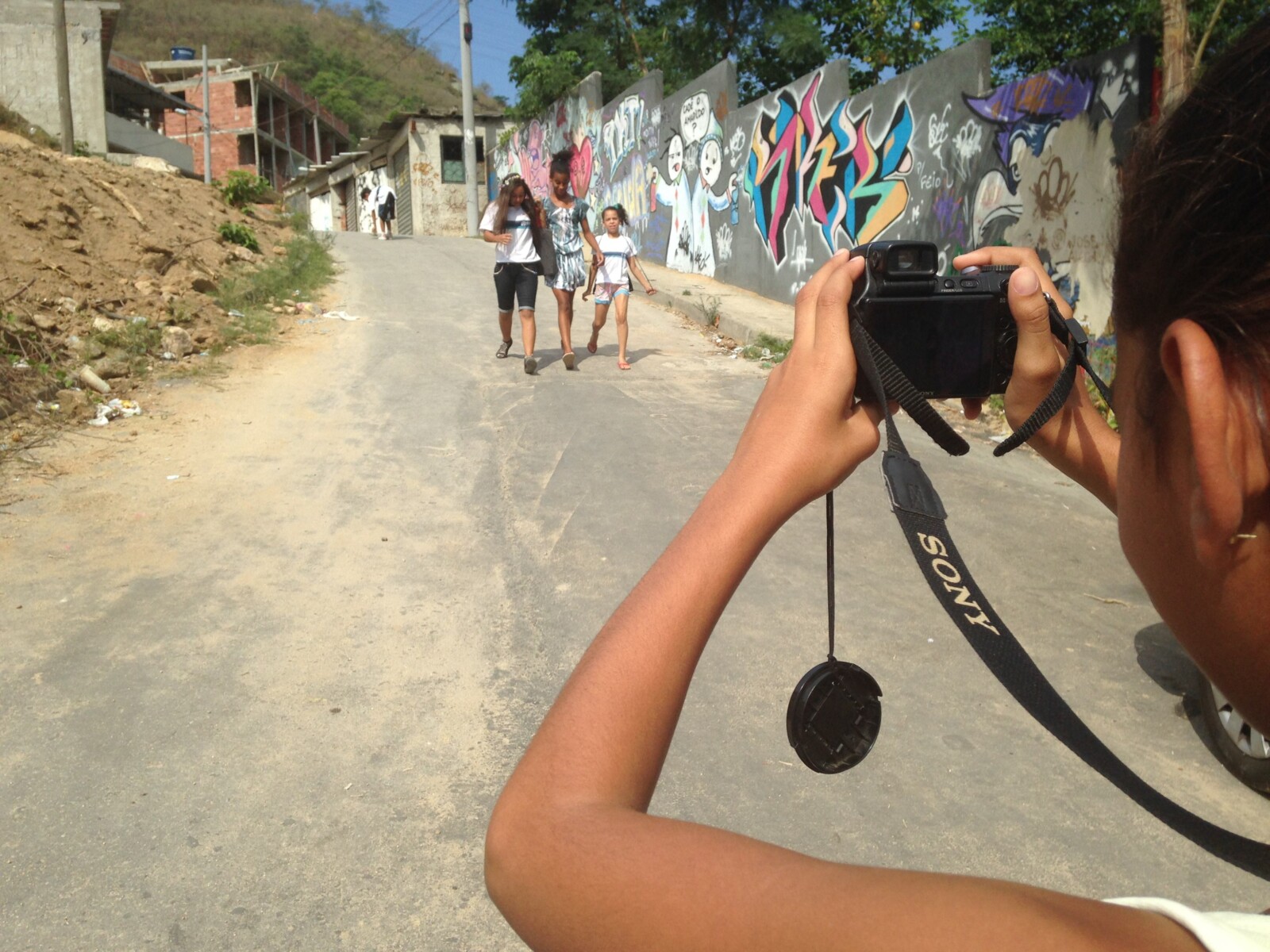
Exchange amongst favelas
It isn’t an Erasmus amongst different countries, but an opportunity to know and study closely a favela of another state of Brazil: here another one of the initiatives of the Pensar Cultural group. At that time, some Brazilian television programs would show the two main favelas of the country: the Complexo do Alemão in Rio de Janeiro and the favela of Paraisópolis in San Paolo. Even though they are geographically close, Rio and San Paolo are culturally very different and often in conflict amongst themselves. The name of the project was “Are the favelas all the same?”. Andréa Borges, the current president of the Pensar Cultural group explains: “the main goal was to make the youth analyze the two television series that depicted those favelas and make them reflect on the differences between the images transmitted by the great means of communication and the reality that they, from the inside, experienced”.
Amongst the participants of the exchange was Sabrina Martina, of the Complexo do Alemão, a dark skinned 18 year old girl who was taking her first steps in the world of art. Her mother was scared that something could happen to her during her stay in San Paolo, and she wished to assure herself that the group would have taken care of the girl. “In the end, she came with us and was brilliant. Later on, I accompanied her in other projects, and around two months ago she published a book. In the dedication for me, she wrote: “Thankyou soo much for having believed in me then”. How could we have not done it? Her capacities were evident. We just gave her an initial push, but the talent was and is all hers”, Andréa narrates. Sabrina Martina, today known as MC Martina, is famous and has 18.900 only on Instagram.
Past, present and future
The projects of the association, explains Andréa, are born spontaneously, starting from the requests, from the necessities and the opportunities that from time to time would present themselves. Apart from the audiovisual production workshops, flagship of Pensar Cultural group, during the pandemic the writing workshop for the women was born, that demonstrated that “thinking the word can be a form of cure”. “It was done online. We realized that we had to do something for the single mothers, that were the most in numbers in those places. They are single mothers and in turn are daughters of single mothers: entire generations of women that gave up on their own life to look after their children. Something really beautiful emerged”, Andrea narrates.
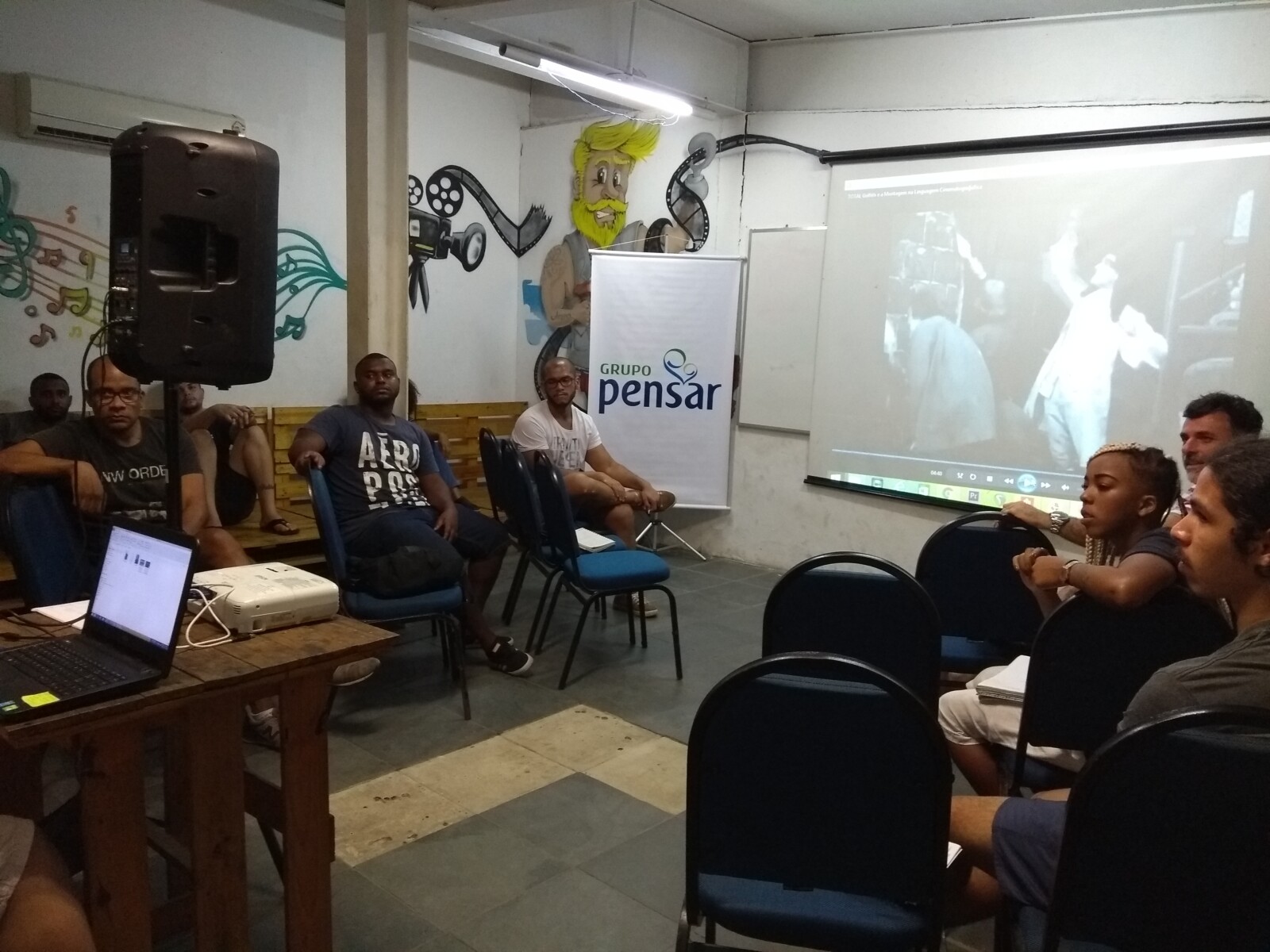
The next project, still in its elaboration phase, intends to allow the youth to develop humor as an instrument of reflection and social criticism. “It is something that really intrigues them, and it is a great trend with the diffusion of TikTok”, Isabela explains.
The Pensar Cultural group is part of the UniRedes from 2013, a network of the Latin American and Caribbean region for the promotion of the social cohesion through the culture of fraternity.
The favelas in numbers
According to research by the Instituto Locomotiva in collaboration with Data Favela[2] and the Central Única das Favelas (CUFA), there are 17.1 million Brazilians living in favelas today-a figure that corresponds to 8 percent of the national population. According to the research, 89% of favelas are located within cities. In Brazil, 55% of the population declares itself dark skinned; in the favelas this figure currently rises to 67%. Despite their negative connotation, according to CUFA, the favelas produce an annual wealth of 119.8 billion reais, more than the wealth produced by neighboring countries such as Bolivia, Uruguay or Paraguay.
https://www.youtube.com/user/GrupoPensarVideos
https://www.youtube.com/user/pensarcine
[1] La Central Única das Favelas (CUFA) is a Brazilian non government organizzation. Founded in 1999 by some youth of the Cidade de Deus favela (Rio de Janeiro), today it is present in all the Brazilian states and in other 15 countries. It promotes activities in the education sectors, in the liesure time, in the sports, in the culture and citenzenship, apart from other social projects (N.d.T., source: https://pt.wikipedia.org/wiki/Central_%C3%9Anica_das_Favelas).
[2] Data Favela is a research institute founded in the month of November 2013 in Rio de Janeiro. It is the first research institute centered on the economic activities in the Brazilian favelas. The Locomotiva is a Brazilian research and strategy institute. (N.d.T., sources: https://en.wikipedia.org/wiki/Data_Favela e https://ilocomotiva.com.br/).
